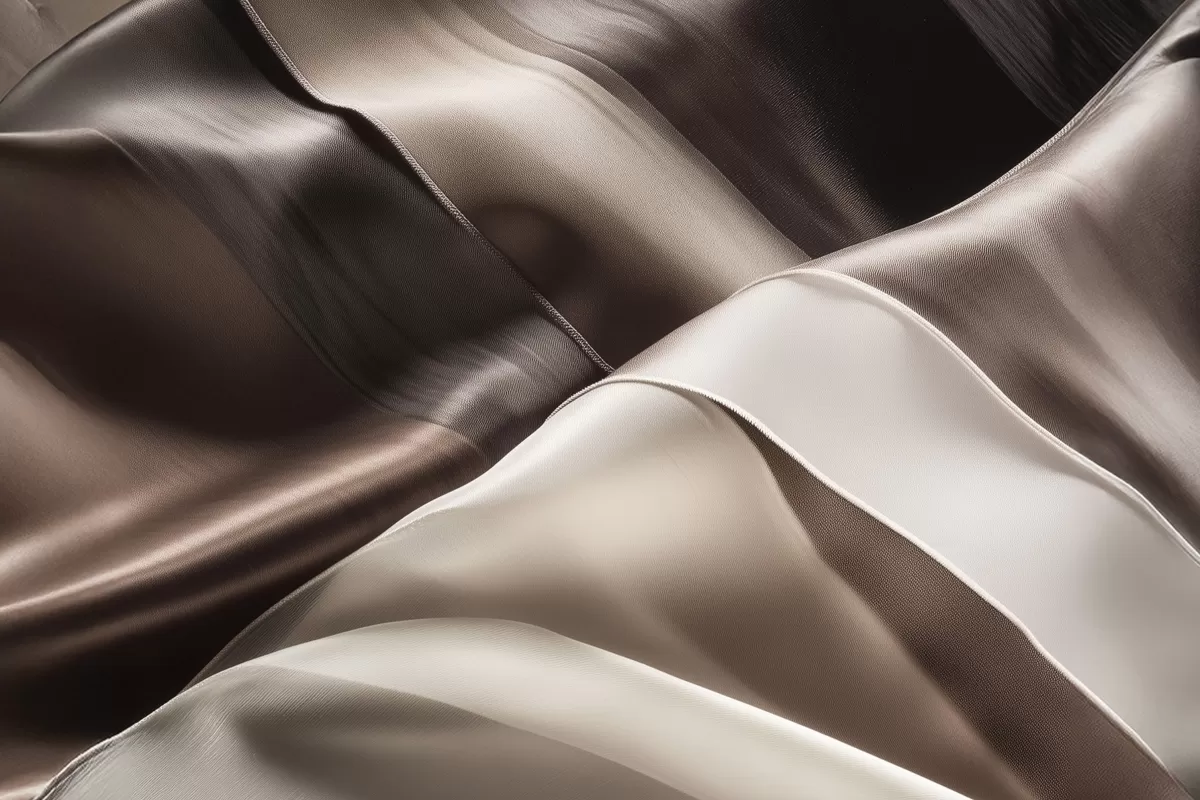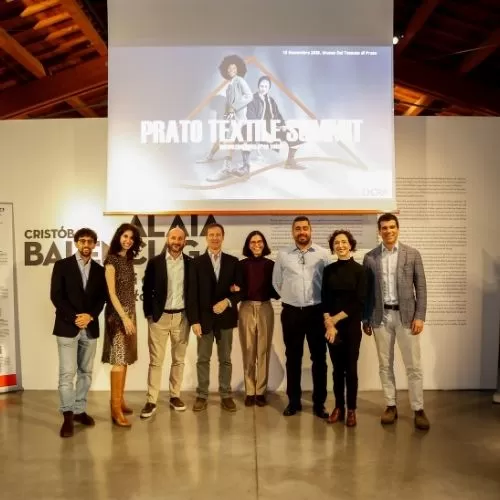17 Mar 2025
Artificial and synthetic fibers: a revolution in the world of textiles
The evolution of artificial and synthetic fibers from the beginning to the present day
The textile industry underwent a radical transformation with the introduction of synthetic and artificial textile fibers. From the discovery of the first artificial fibers derived from cellulose to the birth of modern synthetic polyamide fibers, these materials have redefined the comfort, strength and versatility of textiles. Today, synthetic fibers are leading the way in areas ranging from fashion and sports to technical industries, providing high performance and new sustainable solutions. The properties we now consider essential in textiles - such as breathability, lightness and elasticity - were once unthinkable, but thanks to continuous innovation, the industry has made great strides in improving the comfort and performance of materials.
What is the difference between artificial and synthetic fibers?
Before discussing the evolution of textile fibers, it is important to distinguish between artificial and synthetic fibers.
- In fact, artificial fibers are obtained by chemically processing raw materials of natural origin, such as cellulose, protein and casein, through dissolution, regeneration and synthesis processes that modify their molecular structure. These treatments improve the mechanical properties and durability compared to the raw materials. These include rayon, acetate and triacetate, which are widely used in apparel and furniture. In addition, lyocell and modal, both derived from cellulose but with less polluting processes than traditional rayon, are also widely used today.
- Synthetic fibers, on the other hand, are created entirely in the laboratory through advanced polymer synthesis processes, resulting in high-performance materials. This technology makes it possible to produce fibers with excellent strength, elasticity and durability, ideal for applications ranging from fashion to technical and sportswear. Among the most popular are polyamide, polyester, acrylic and polypropylene, which have transformed the textile industry due to their high strength, elasticity and durability.
Synthetic fibers also have some significant advantages over artificial fibers, particularly in terms of dimensional stability, color stability and ease of care. Because of their polymer structure, they retain their original elasticity and fit over time, resisting deformation from washing or wear. They also offer faster drying and greater resistance to creasing, often reducing the need for ironing and making garments more practical for everyday use.
These aspects, combined with their high mechanical strength and ability to adapt to different technical requirements, have made synthetic fibers the dominant choice in many sectors, including sportswear, technical textiles and casual fashion, where performance, comfort and practicality are essential requirements.
The history of synthetic and artificial fibers
Innovation in textile fibers began in the late 1800s, when scientists began experimenting with alternatives to natural fabrics to improve durability and versatility. The first artificial fiber was rayon, developed in 1884 as a substitute for silk, which was derived from cellulose through chemical processes. Because of its softness and sheen, rayon soon found applications in fashion, lingerie and even furniture, providing an inexpensive alternative to fine fabrics and expanding the creative possibilities of the textile industry.
In the 1930s, the textile industry experienced a breakthrough with the introduction of polyamide, the first synthetic fiber created entirely in the laboratory. Prized for its strength and elasticity, polyamide, also known as nylon, quickly established itself in the marketplace, revolutionizing the production of hosiery and tights, underwear and sportswear, as well as finding use in technical applications such as parachutes and ropes during World War II.
The 1950s and 1960s marked a new expansion with the introduction of materials such as polyester and acrylic, known for their durability, wrinkle resistance and ease of care. Polyester, in particular, became the fashion icon of the 1970s for its bright, easy-care synthetic fabrics, while acrylic emerged as a cheaper and lighter alternative to wool for sweaters and blankets.
In the same years, polypropylene revolutionized technical apparel with water-repellent and breathable fabrics ideal for sports and the outdoors, while in the 1980s and 1990s, textile engineering introduced microfibers, which provided greater softness and lightness, and stretch fabrics, which improved the comfort and fit of underwear and sportswear.
As we entered the 2000s, research focused on increasingly high performance materials. Fibers were developed that could manage moisture, resist weathering and offer lightness without compromising strength. Technical and sportswear benefited from the introduction of advanced fibers that could adapt to body temperature and improve breathability. From fashion to sports to work wear, synthetic and artificial fibers have redefined standards of comfort and performance, paving the way for new applications in the textile world.
Artificial and synthetic fibers today
To date, continuous research in textiles has resulted in increasingly high-performance materials that revolutionize the quality and comfort of garments. While in the past, artificial and synthetic fibers had limitations in terms of breathability and softness, today's innovative yarns offer superior fit and a second-skin feel. The latest generation of polyamide fibers, such as polyamide 6.6, combine lightness, elasticity and strength, making it possible to create fabrics that fit the body perfectly and retain their properties even after numerous washings. This evolution has made it possible to create technical, sporty and fashionable garments that offer maximum comfort and optimum performance.
Fulgar and innovation in the development of synthetic fibers
Fulgar, founded in 1979, has played and continues to play a key role in the evolution of synthetic fibers, developing next-generation polyamide yarns that combine technological innovation and sustainability. Through constant research and development over the years, the company has introduced and perfected yarns capable of guaranteeing strength, breathability and optimal fit, redefining the standards of the textile industry.
Among the most innovative synthetic fibers is Q-GEO® synthetic fiber, a bio-based polyamide derived from renewable sources, designed to ensure lightness and optimal moisture management, reducing environmental impact compared to traditional fibers. Another important innovation is Nanofiber by Fulgar, a polyamide yarn composed of filaments down to 7 microns in diameter, which allows for incredibly soft and silky fabrics, while offering maximum lightness and high coverage. Or Amni Soul Eco® fiber, a next-generation polyamide yarn whose special composition allows accelerated degradation under anaerobic landfill conditions, allowing bacteria to digest waste more quickly.
The future of synthetic and artificial fibers
The textile sector has come a long way from the first artificial fibers to high-tech materials such as those developed by Fulgar. If today synthetic and artificial fibers offer unparalleled lightness, resistance and comfort, the future promises even more surprising innovations. The industry is working on ever more sustainable solutions, with yarns from renewable sources, low-impact production processes and intelligent fabrics capable of adapting dynamically to the wearer's needs. Always at the forefront of textile evolution, Fulgar continues to invest in research to offer cutting-edge materials that combine high performance with environmental responsibility.
Want to know how synthetic fibers can enhance your collection? Contact us for more information on Fulgar's latest generation yarns!





